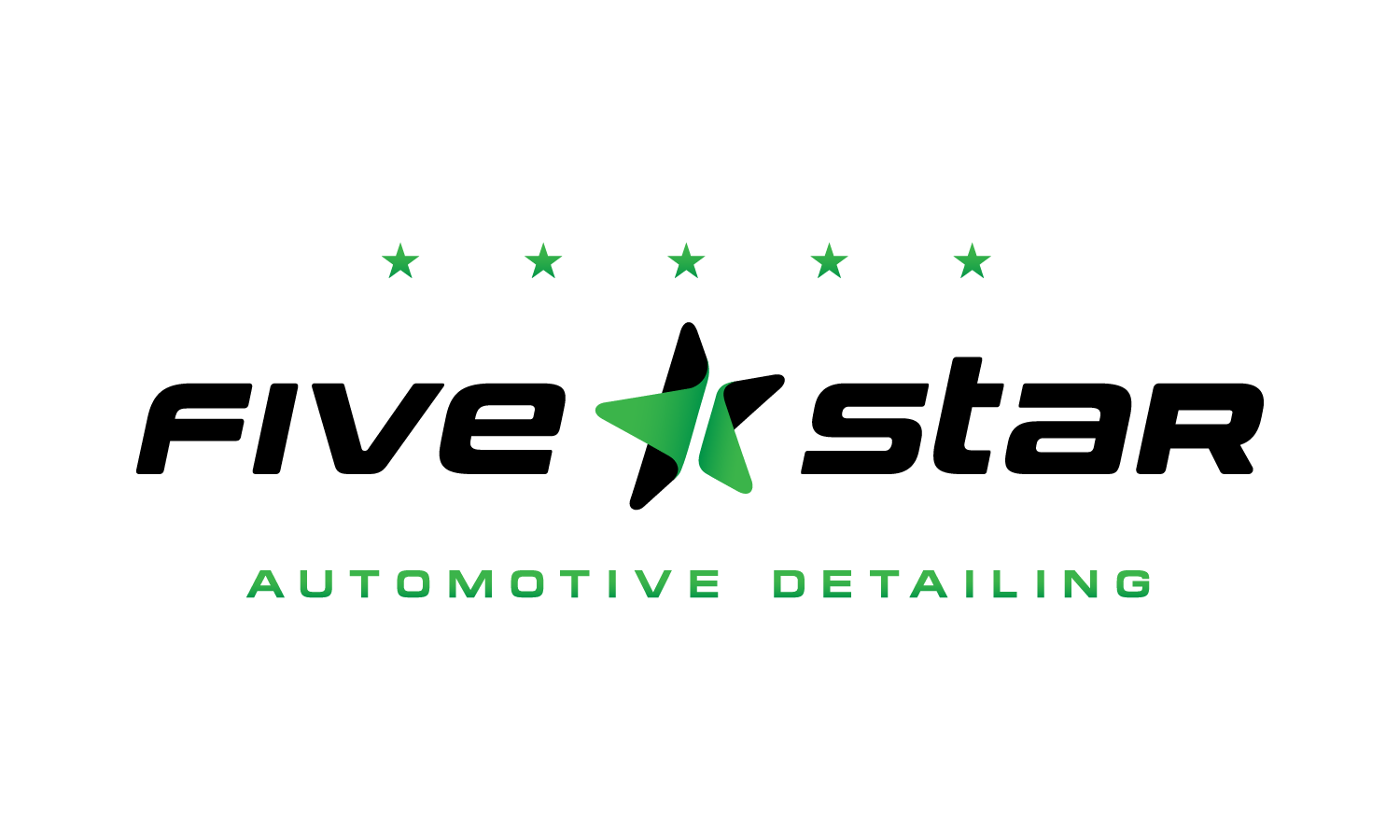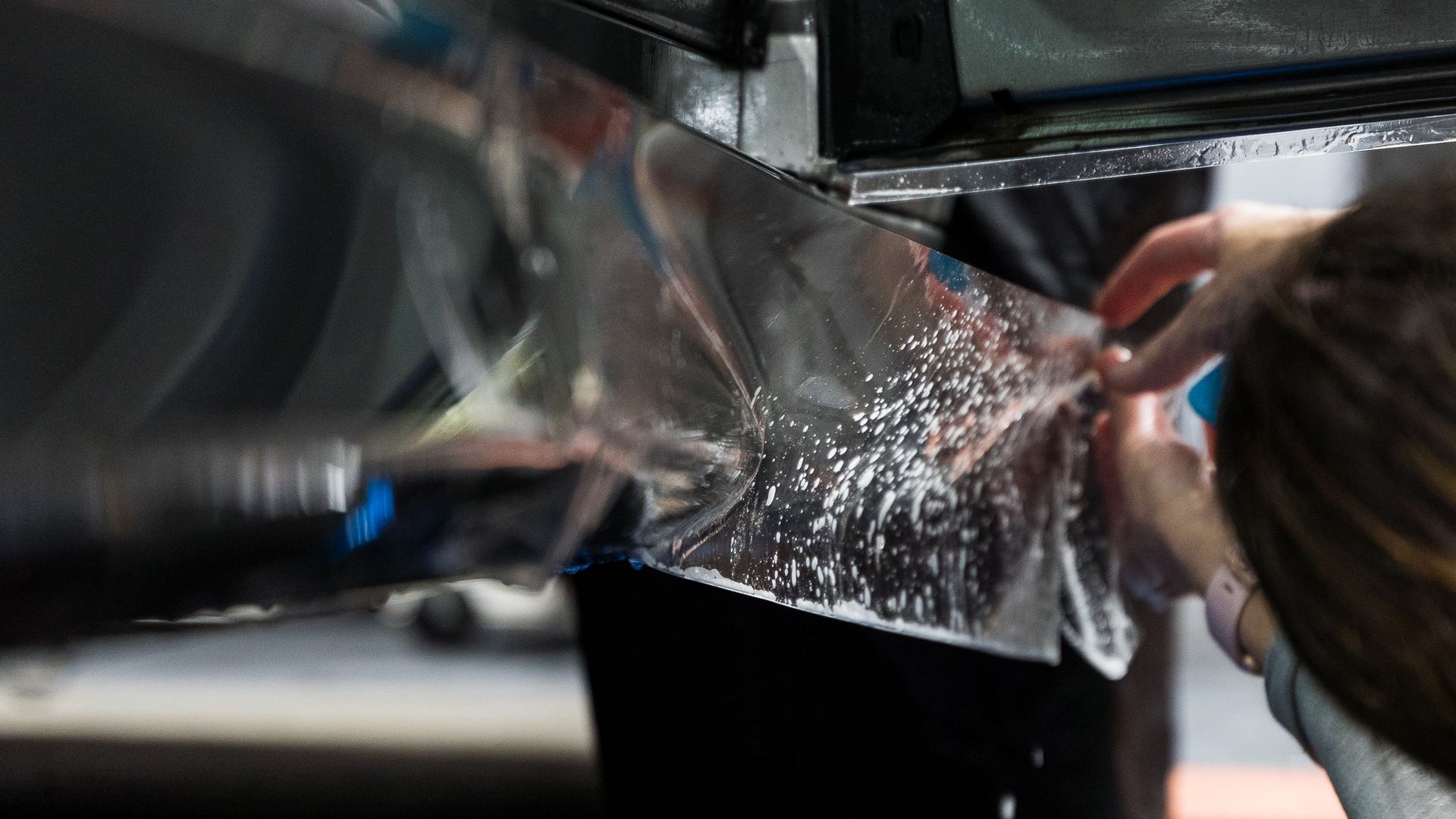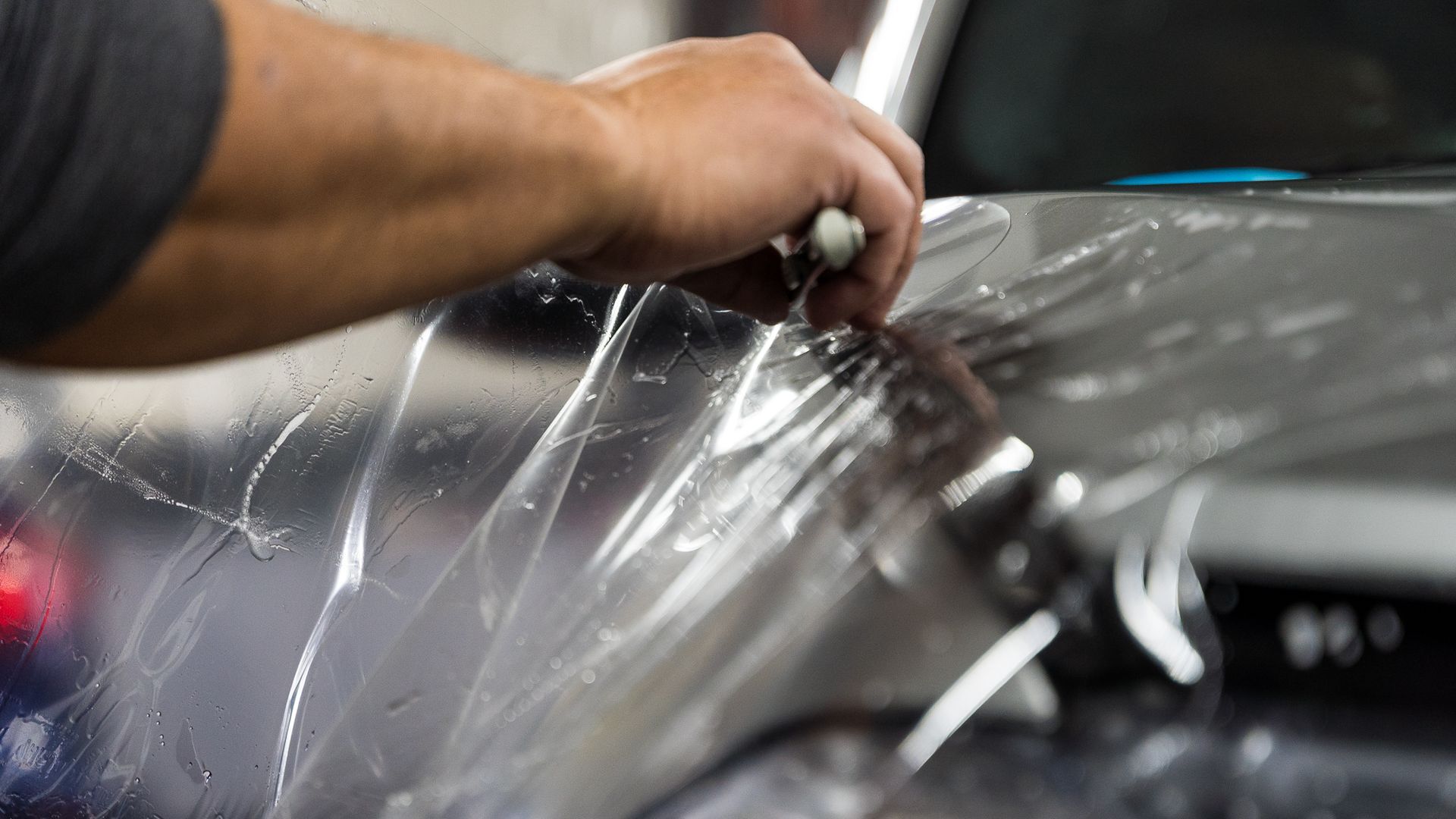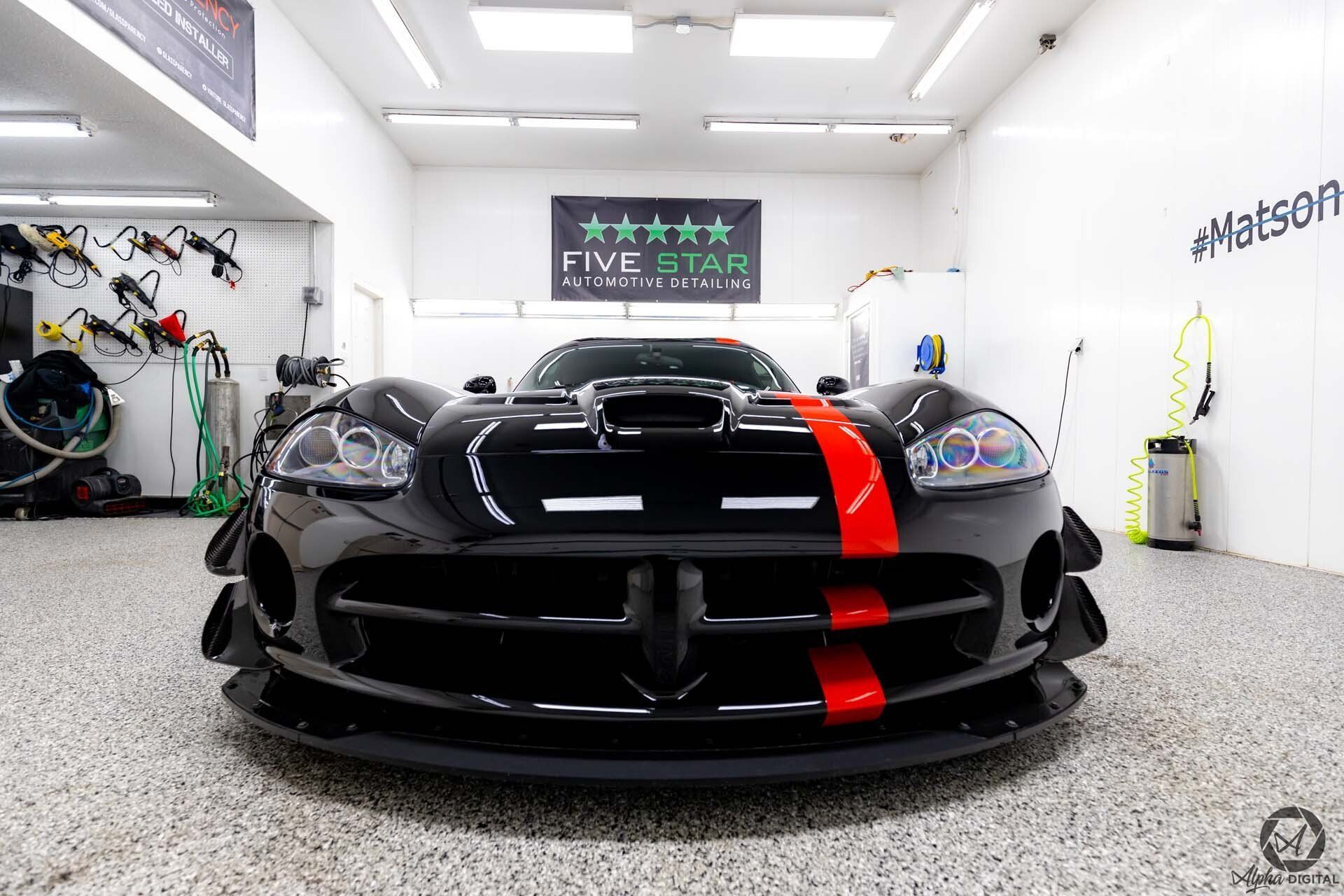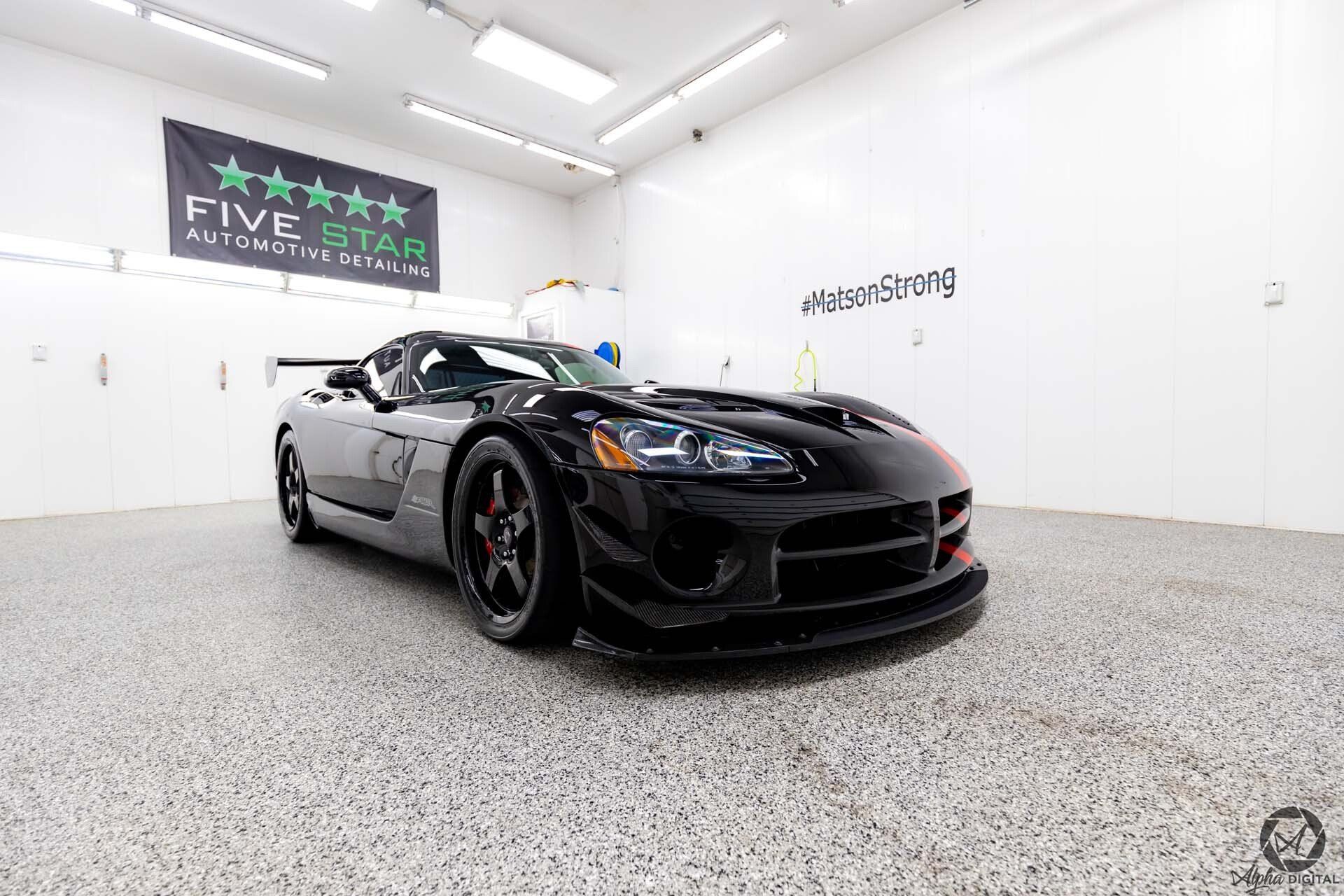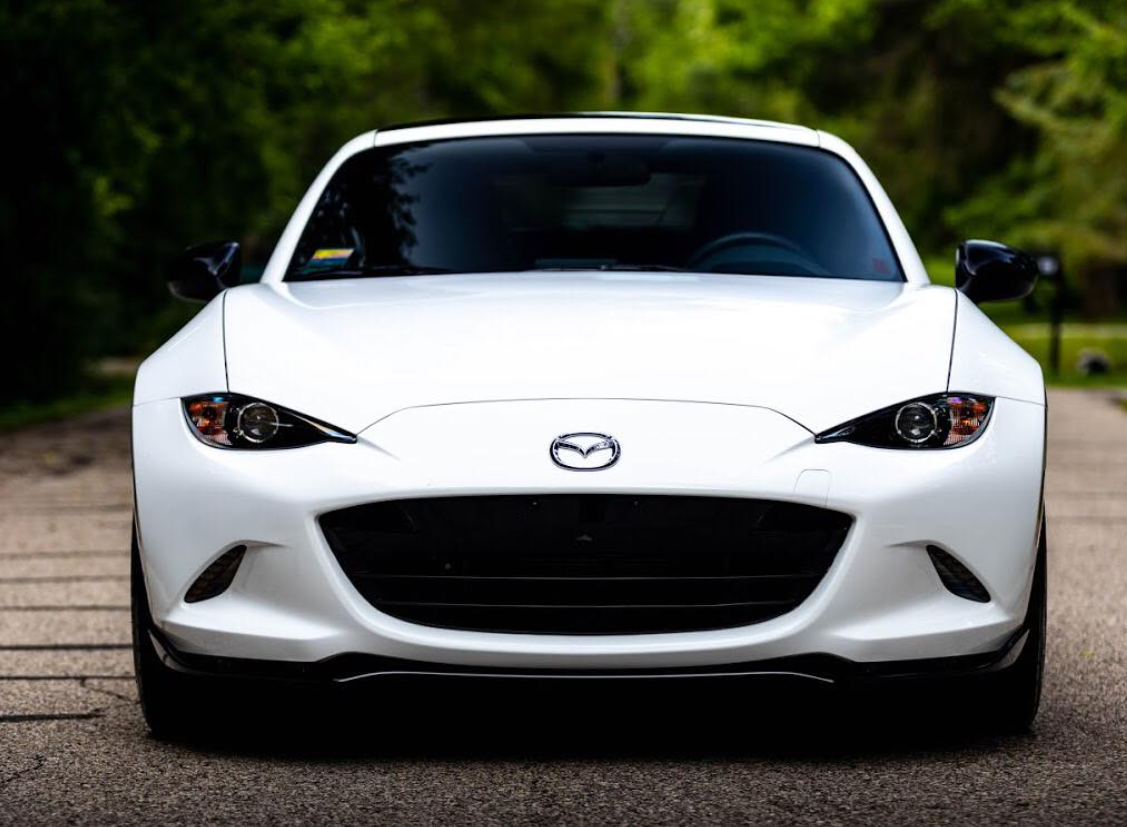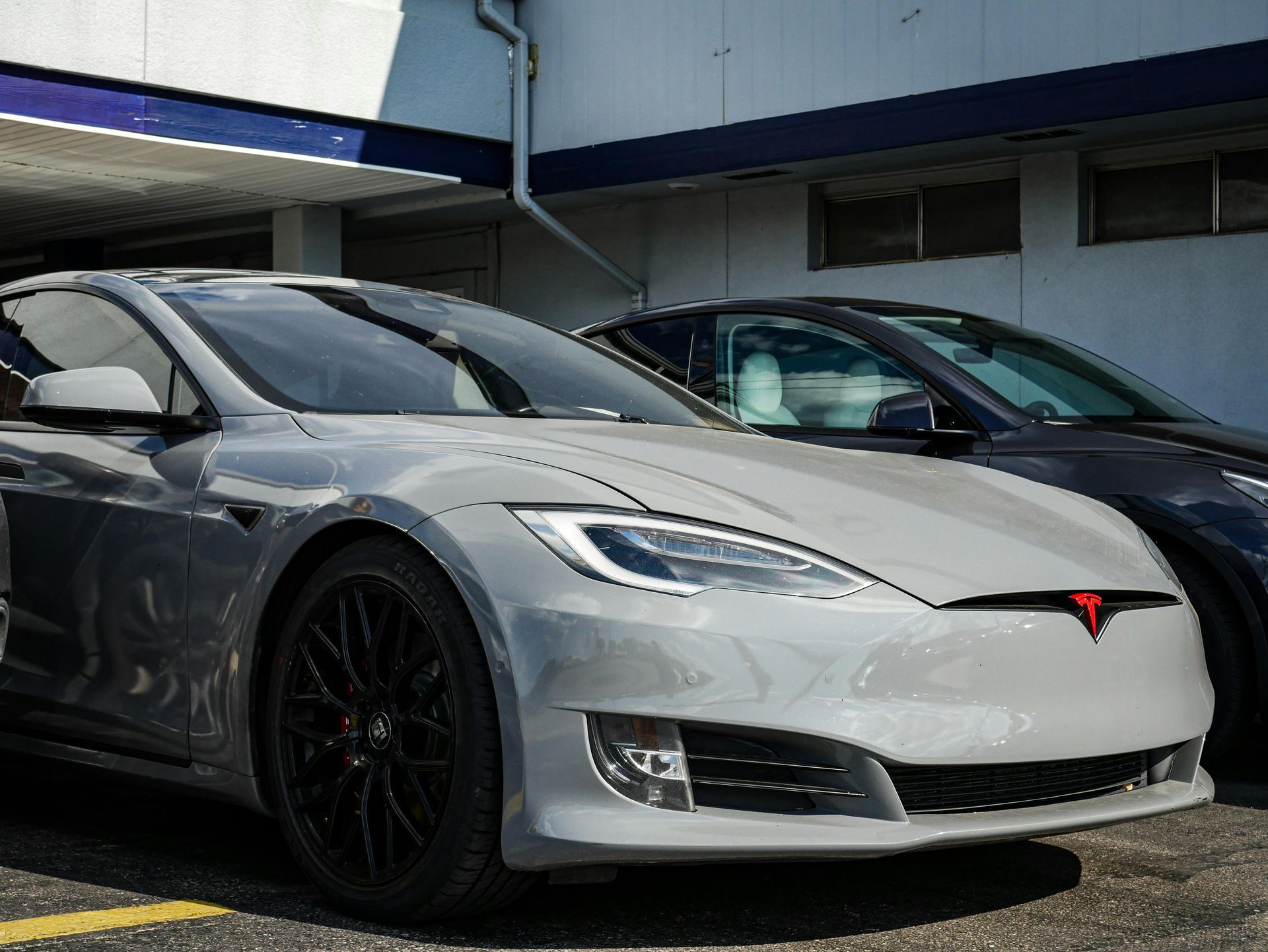Throughout this guide, users will find that there is no cut-and-dry answer to whether it's better to embark on a DIY paint protection film installation venture or hire professionals. The right choice often depends on individual skills, patience levels, and access to essential tools and high-grade materials like PPF film, a slip solution, a squeegee, a heat gun, and a cutting knife. Surprisingly, though, the selection might not be a question of which is cheaper or easier but rather which process gives you satisfaction - the hands-on challenge of DIY installation or the peace of mind from expert service.
When deciding between DIY paint protection film installation or hiring professionals, it's essential to consider factors such as cost, time, skills, and quality. While DIY installation may save money upfront, professional paint protection film installation typically yields superior results due to the experience and precision of trained technicians. It's crucial to weigh the advantages of cost savings and flexibility with DIY against the benefits of high-quality products, precise application, and comprehensive warranties offered by professional PPF services.
DIY PPF Installation Process
The installation of a paint protection film involves several meticulous steps that demand a careful hand and a keen eye for detail. One critical aspect is preparing the vehicle's surface. Therefore, before even considering applying the film, it's essential to ensure that the surface is spotless. This isn't just about giving your car a quick rinse; it's crucial to meticulously inspect every inch, ensuring there are no specks of dust or dirt left behind. These particles can become trapped under the film, compromising the finish quality and making it appear less than perfect. Imagine wanting to wrap up a present beautifully but not realizing until after you've added the wrapping paper that there was a big smudge of ink on the gift box. It’s exactly like that - attention to detail makes all the difference!
Once the surface is prepared, precise measurement and cutting of the PPF material to fit each panel of your vehicle are essential. This demands precision and patience, as cutting too much or too little can lead to unsightly gaps or overlaps. Following this, applying the paint protection film requires great care to avoid trapping air bubbles underneath—think of it like laying down a screen protector on your phone, only much larger and significantly more challenging. It’s important to smooth out the film meticulously for a seamless finish. Each step in this process demands precision and attention to detail. While some may find it enjoyable and gratifying to master such precise work, for others, it can become frustrating and overwhelming.
Required Materials and Tools for DIY
When it comes to tackling the installation of paint protection film on your own, possessing the right materials and tools is absolutely crucial. Let's start with the materials:
- PPF Film: The most vital component is the paint protection film itself. It is imperative to obtain a high-quality paint protection film specifically designed for DIY installation. This ensures that it's easier to work with and delivers better coverage and protection for your vehicle.
- Slip Solution: Equally essential is a slip solution—a liquid lubricant that facilitates the proper positioning of the film before it adheres. This prevents premature sticking, allowing for adjustments without concerns about wrinkles or air bubbles.
- Squeegee: A squeegee is indispensable for smoothly applying the film to your vehicle's surface. It helps to eliminate air bubbles and guarantees a clean, even application.
- Heat Gun: Using a heat gun makes the film more elastic, easing its application around curved surfaces. This significantly aids in achieving a wrinkle-free finish and ensuring proper adherence to all contours of your vehicle.
- Cutting Knife: Having a sharp, precision cutting knife is paramount for accurately trimming the film to fit your vehicle's specific dimensions. Precision is crucial here; clean, smooth edges are essential for a professional-looking finish.
Understanding that using high-quality materials and tools significantly contributes to the success of your DIY PPF installation is crucial. These components not only simplify the application process but also impact the overall appearance and durability of the protective film on your vehicle. Gaining knowledge about which materials and tools are necessary will help you prepare for a smooth and successful DIY installation experience. Each component is essential for achieving professional results without sacrificing the level of protection that the paint protection film provides.
Professional PPF Installation Services
When it comes to safeguarding your vehicle with paint protection film, a degree of precision and expertise are often best entrusted to professionals. These trained technicians have experience handling various vehicles and applying PPF accurately. These professionals undergo rigorous training to understand the nuances of working with different vehicle types and applying paint protection film for maximum coverage and protection. Their familiarity with vehicle shapes, curves, and contours enables them to custom-cut paint protection film pieces that snugly fit each part, ensuring seamless protection without visible edges or gaps.
Moreover, professional installers have access to high-quality paint protection films that are not readily available to consumers. These films are often more durable, offer enhanced clarity, and provide better protection against environmental factors such as UV rays, bird droppings, and road debris. The combination of expert application and superior-quality products ensures that your vehicle receives the utmost protection against various elements, preserving its aesthetic appeal and resale value.
If you're considering professional installation, look for reputable paint protection film installers with a track record of high-quality work. Utilizing resources like Google can help users find skilled professionals who can provide the level of expertise required for a flawless PPF application. Professional paint protection film installation services offer a combination of expertise, premium products, and meticulous application techniques that ensure superior protection for your vehicle.
Comparison: Material Costs and Quality Results
When it comes to paint protection film installation, choosing the right materials is crucial for achieving optimal protection for your vehicle. One of the key differences between DIY installation and professional services lies in the quality of the materials used.
- DIY PPF Installation: While opting for a do-it-yourself approach may initially seem cost-effective, it's crucial to carefully consider the quality of the materials available for purchase. DIY kits are typically designed to be more affordable, which may result in a compromise on the overall durability, clarity, and level of protection provided by the film. Lower-grade materials may be thinner, less resistant to scratches, or offer reduced UV protection.
- Professional PPF Installation: On the other hand, professional installers often have access to premium-quality PPF materials from reputable brands. These superior materials are engineered to provide enhanced scratch resistance, improved clarity for seamless appearance, longer-lasting color stability, and superior protection against harmful UV rays. While they may come with a higher price tag upfront, their long-term durability and performance can lead to substantial savings by reducing the need for frequent maintenance or repairs.
Let's put this into perspective. Think of it like buying a low-cost smartphone case versus an advanced protective cover. The cheap case might provide basic scratch resistance but won't hold up as well against impacts and daily wear and tear. In contrast, the premium protective cover offers advanced shock-absorption technology, reinforced durability, and better screen clarity. The investment in high-quality materials ensures long-term protection without compromising appearance or performance. By comparing these factors, it becomes evident that while DIY installation may initially appear more cost-effective, opting for professional services ensures access to premium-quality materials that offer superior protection and long-term value for your vehicle.
Benefits and Drawbacks of DIY
When considering a DIY approach to applying paint protection film, there are several advantages to weigh against potential disadvantages. Taking on a DIY project can initially seem cost-effective, providing an opportunity for hands-on learning and flexibility in scheduling—factors that appeal to many. However, it's crucial to make an informed decision by understanding the potential drawbacks as well.
- Cost Savings: One of the primary attractions of a DIY paint protection film installation is the opportunity to save money. By opting to undertake the installation process personally, individuals can avoid labor costs associated with professional services.
- Learning Opportunity: Taking on the challenge of installing paint protection film can also serve as a valuable learning experience. Engaging in this hands-on project not only imparts practical skills but also fosters a sense of accomplishment upon successful completion.
- Flexible Schedule: Another notable benefit is the flexibility in scheduling that DIY installation offers, allowing for greater control over the entire process.
Imagine being able to learn a new skill while also saving money - that's what DIY installation provides. You get to set the schedule according to your convenience instead of working within someone else's timeline. Despite these enticing advantages, there are notable drawbacks associated with pursuing a DIY installation:
- Risk of Mistakes: Without professional expertise, there is an inherent risk of errors during installation, which demands meticulous attention to detail and preparedness.
- Need for Specific Tools and Space: Effective paint protection film installation necessitates access to specialized tools and a suitable workspace.
- Potential Subpar Results: Inexperienced handling coupled with limited access to high-quality materials may result in subpar results when compared to professionally executed installations.
While the prospect of tangible cost savings and personal development is appealing, it's vital to recognize the challenges associated with DIY paint protection film installation. Understanding both the pros and cons enables individuals to make informed decisions aligned with their preferences and capabilities.
Making the Choice: Is DIY PPF Installation for You?
Deciding to install paint protection film on your own requires serious consideration.
Time Considerations
One critical aspect to ponder is the amount of time you are willing to commit to the project. Paint protection film installation demands patience, attention to detail, and precise manual dexterity. If you’re someone who enjoys working with your hands and has the flexibility to dedicate several hours or even days to the process, then DIY installation might be a viable option for you. Consider whether you are comfortable following detailed instructions and have a knack for meticulous work. DIY installation will likely be a satisfying and educational experience if you're inclined toward mastering new skills. On the other hand, a professional installer offers expertise honed from numerous installations, which significantly reduces the time required, usually completing the job in a fraction of the time it would take for a novice enthusiast embarking on their first installation.
Skill Level and Access to Tools
DIY paint protection film installation also necessitates proficiency in working with precision cutting tools, squeegees, and heat guns—essential instruments used for accurate adhesion and shaping of the film. Without these tools, achieving a seamless finish becomes increasingly challenging. If you are adept at handling such tools or are confident in your ability to learn how to use them effectively, then DIY installation may be within your capabilities. However, professional installers possess specialized tools designed specifically for PPF application, enabling them to achieve an exceptionally refined finish that may be difficult to replicate without access to comparable equipment.
Workspace Considerations
Installing paint protection film demands a clean and controlled environment that minimizes dust particles and other contaminants capable of compromising the adhesion of the film. It's essential to evaluate whether your current workspace provides suitable conditions for meticulous PPF installation. If you have access to a well-lit, dust-free area where you can work without disruptions or environmental disturbances, this could set the stage for a successful DIY installation. However, limitations in available space or challenges in maintaining cleanliness during the process may point toward seeking professional assistance instead. Finally, prospective DIY enthusiasts must weigh their willingness to embrace the potential risks associated with self-installation.
Accepting Risks Associated with DIY Installation
Embarking on a DIY paint protection film installation entails a learning curve that might involve initial setbacks as one familiarizes themselves with various techniques, potential pitfalls, and best practices. Mistakes such as unevenly cut film or improper alignment can necessitate costly rework or compromise the overall aesthetic appeal of the vehicle's finish. Additionally, understanding that self-installation may not offer comprehensive warranty coverage can be a deterrent for individuals seeking long-term protection and assurance. Professional installers often provide extensive warranties as an assurance of their workmanship and commitment to customer satisfaction.
As you deliberate over these considerations, recognize that seeking professional paint protection film services remains a highly recommended approach for individuals who prioritize top-tier quality and durability without risking suboptimal outcomes often associated with novice installations. A careful evaluation of individual skills, available resources, and willingness to take on potential risks is paramount to making an informed decision.
Best Paint Protection Film Services in Rochester, MN
Discover unparalleled expertise in automotive protection at Five Star Automotive Detailing, the premier destination for paint protection film services in Rochester, MN. With a focus on precision and durability, we specialize in paint protection film installations that safeguard your vehicle's exterior from chips, scratches, and environmental elements. Our dedicated team combines advanced techniques with top-quality materials to ensure superior results that exceed expectations. Whether you're looking to preserve your car's showroom finish or enhance its resale value, trust Five Star Automotive Detailing to deliver unmatched craftsmanship and customer satisfaction. Contact us today and experience the difference with our meticulous PPF services. Call us at 507-213-3561 to get started!
CONTACT US TO LEARN MORE ABOUT OUR DETAILING SERVICES
CONTACT
Five Star Automotive Detailing
3820 21st St SE, Rochester, Minnesota, 55904, United States
OPEN BY APPOINTMENT ONLY
- Mon - Sat
- Appointment Only
- Sunday
- Closed
READ OUR WEEKLY BLOG
5 Star Automotive Detailing was designed by the team at Detailers Roadmap, a platform developed for detailing operators across the globe.
All Rights Reserved | 8bitcreative, LLC | Five Star Automotive Detailing
